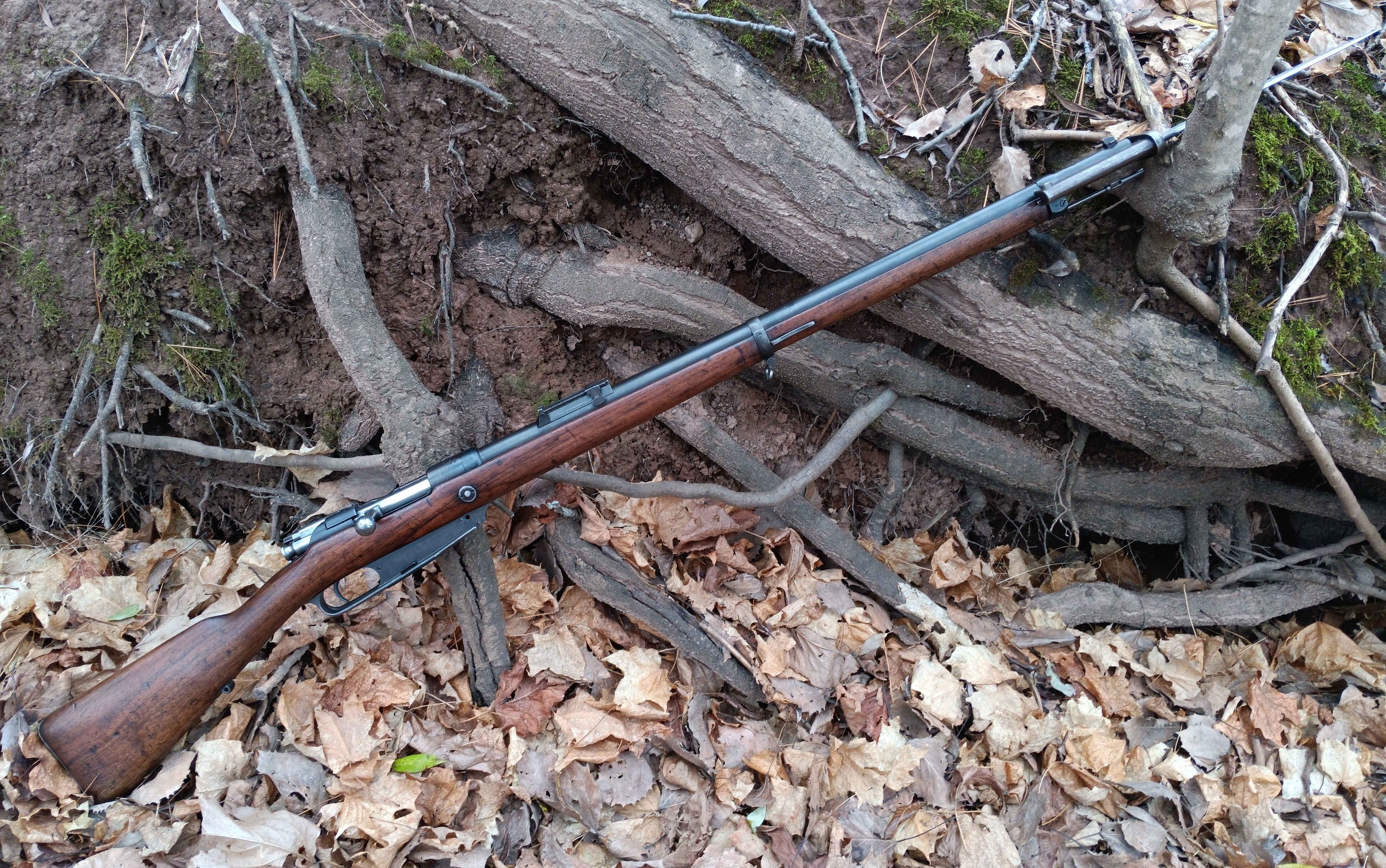
November, 2024
Gewehr 88-05
German Empire
First World War
Made by Spandau in 1890
7.92x57mm
Steyr Hahn M1912
The standard issue sidearm of the Austrian half of the Hapsburg Empire’s forces in the Great War was a solid if eclectic handgun that would prove cable in locals such as the Balkans, Eastern Front and Italian Alps.
Beretta M1917
When the Kingdom of Italy marched to war in 1915 they carried the black powder Bodeo revolver in their holsters. Over the course of the conflict development of a reliable autoloader would prove problematic until later in the war.
Walther P1
In the aftermath of the Second World War Germany found itself divided. As it raised its own army to fight alongside NATO, the new West Germany looked to update the old wartime sidearm of the Wehrmacht.
Radom Vis P.35
The excellent handgun adopted by Poland on the eve of the Second World War would go on to be one of the most common in German service during the conflict, seeing service on all fronts of the European Theater.
Beretta M1934
The standard service pistol of Mussolini’s armies during the Second World War was a simple blowback automatic, and would serve on for decades in Italian service as well as helping to build the global brand of Beretta.
Ruby Mle.1915
A crude Spanish copy of the Colt Model 1903 became the most common French handgun of the Great War, seeing extensive service in that conflict. Despite its almost disposable nature the pistol would remain in service for decades beyond as well.
Walther PP - Late War
The slightly larger forerunner to the famous Walther PPK, the Polizei Pistole was used by German police and military officers during the Second World War. Remaining in production until the capture of the Walther factory in May of 1945, several were captured by US troops at that time.
Included at the end of each posting is a reference to the rarity and average price observed by the author. This is, or course, subjective, and results may vary depending on a variety of factors, including condition, certain markings, etc., while rarity may vary depending on time and location.
Rarity is marked on a scale as follows:
Production (currently produced)
Surplus (Currently available on the surplus market)
Common
Uncommon
Rare
Very Rare










